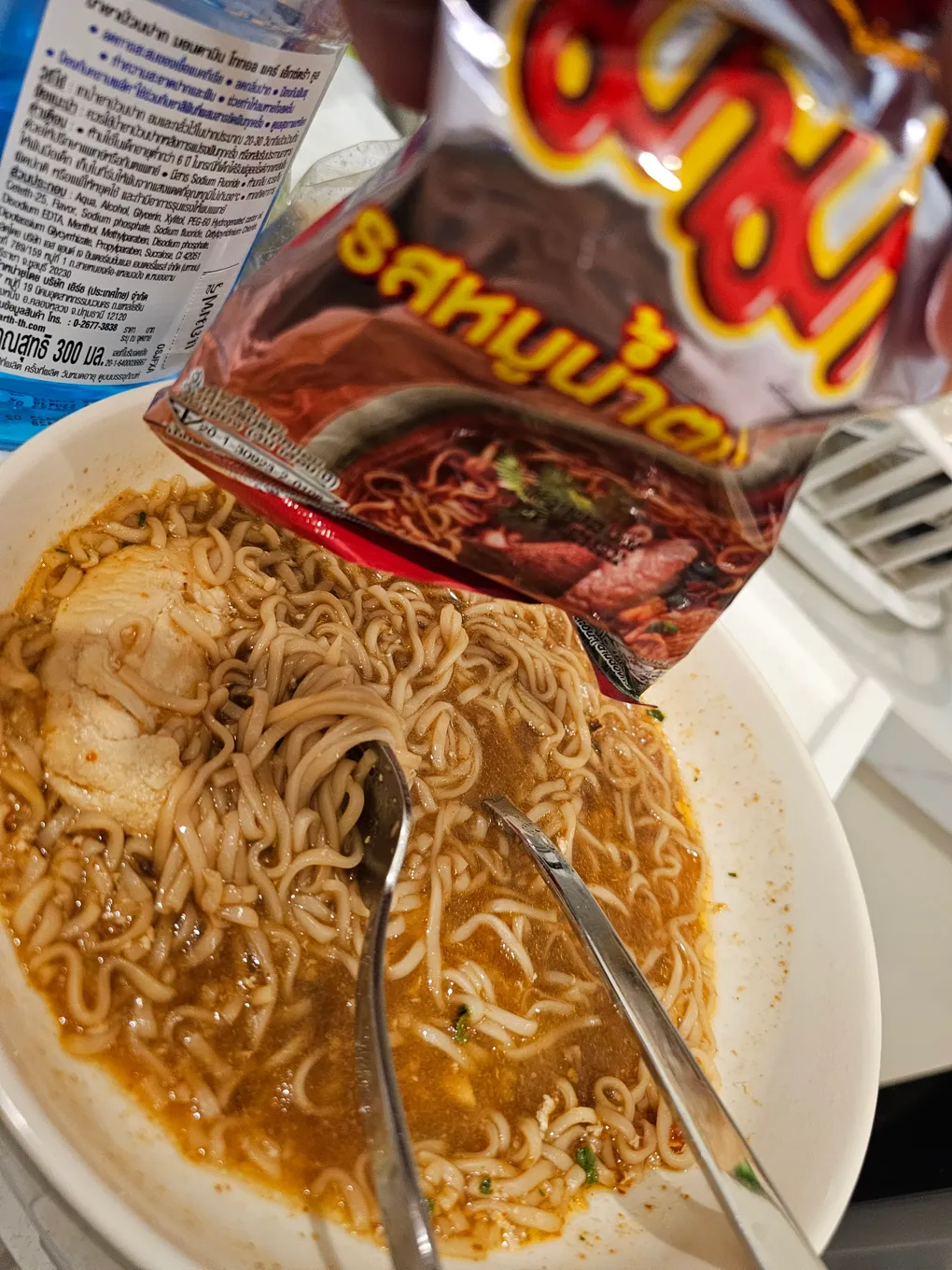
Design and intention in culinary
warning: bad grammar, nonsense babbling about the topic i’m not expert in, just two cents from a random guy on the internet.
-
watching marco pierre white explaining what happen in his mind when he cook scrambled egg, his intention, the “why” that make he did each action; cook everything in very low heat, put only little-to-none seasoning to eggs, enrich my perspective about cooking.
-
when you cook, you can’t just put random things together and expect something good out of it. sometimes it works but still a very unreliable approach. In fact, hardly ones cook things randomly, while we may normally don’t recognize it, most of us subconciously use our instinct, intuition, expectation in some degree to cook food, we put shrimp paste and cocoa together expecting this to taste bad to prank our friend, we put soy sauce on the noodle expecting this to be saltier.
- you put salt to make things taste salty
- you put fish sauce to make things smell fishy, provide distinct aromatic, and salty.
- you put the soup into the rice to make it softer to chew, to make it watery.
-
those cases have a certain degree of intention and design behind them.
-
ซูชิจิ้มน้ำปลา
-
from my perspective
-
Thai food is amazing because each ingredient as it’s own can’t directly reflect the intention of the dish—only a few people know why Thai chef put a shrimp paste on green curry—only a few people know why they need to pairing a funny pungent smell acacia(กระถิน) with a raw oyster, that’s why end results are sometimes look magical—as if this is the way to understand an emergence behavior by your sense.
-
this compliment is not occupied by only thai cuisine alone, many dishes around the world are very complicated and also taste good for majority of people
-
japanese cuisine is like a pragmatic-straightforward guy.
-
clear intension, cook the way that pursuade that goal.
-
you can easily backtrack each cuisine’s intension by analyze and observing your experience and it’s ingredients, make links between them.
- you don’t want gamy flavour in your dish? Don’t put gamy thing in the food, rip them out!
- you want contrast sensory when try this dish? just put this crunchy, chewy thing on top of that tofu.
-
I sense this straighforward vibe from italian cuisine too, authentic italian dishes use only few ingredients, focus on harmony between those.
-
drunken/jungle/poor man style cuisines are quite interesting
-
those are kind of cuisine that comes from “look at what you currently have, try to put them together in the way that make it delicious” kind of intention.